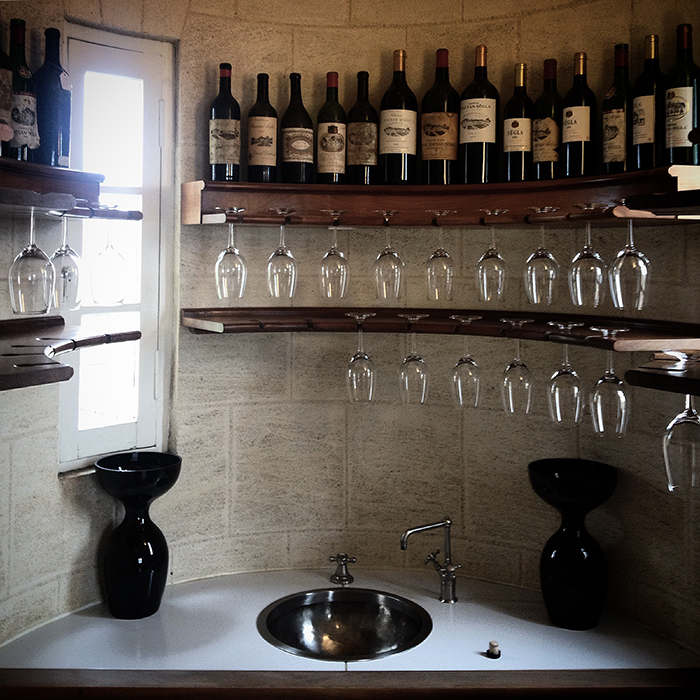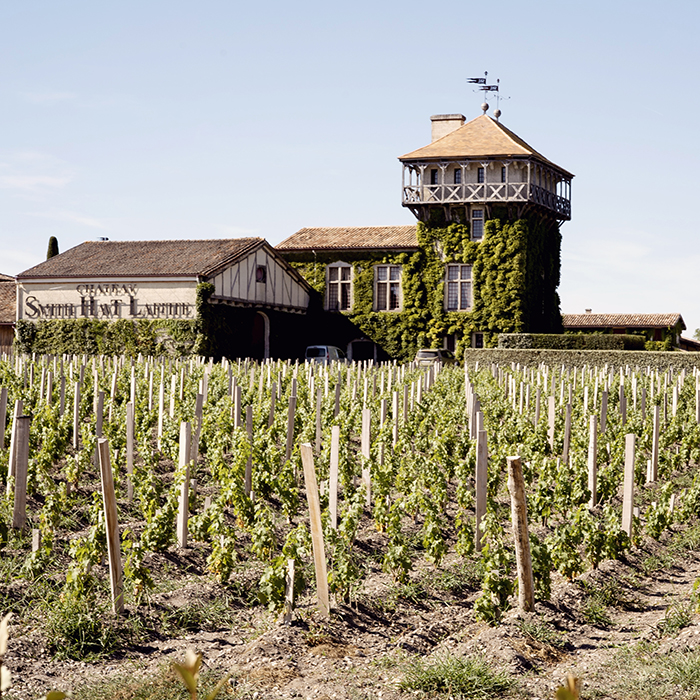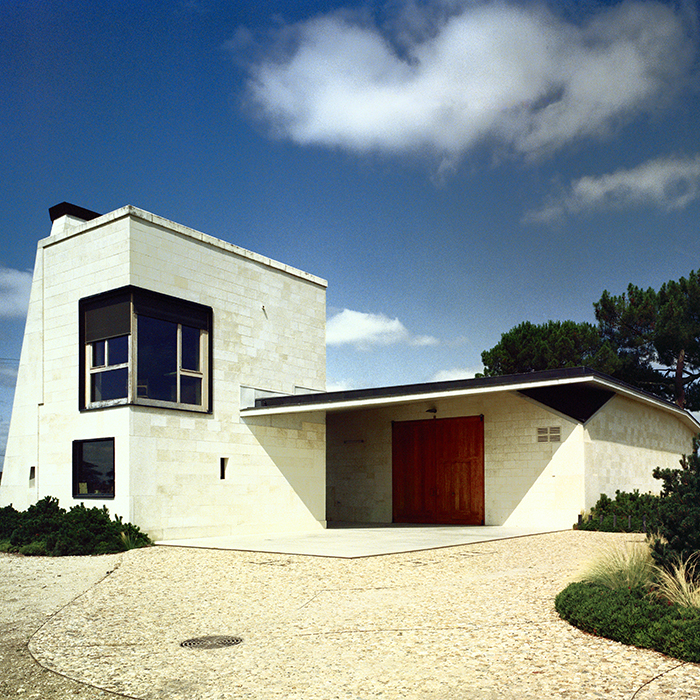Bordeaux 2010 revisited
Author: Philip Moulin

The opportunity to taste all of the top wines from one of the great Bordeaux vintages is always eagerly anticipated – particularly so when the wines are 10 years old, and should in theory be starting to show their true worth. At the same tasting last year, having just tasted some of the 2009 Pauillac First Growths, I remarked out loud that I felt I’d just tasted the finest wines I’ll ever be likely to taste in my career. I was then reminded by some of the other tasters that we had the 2010s to taste next year, and that I might change my mind then. I don’t think I have, but more of that later.
From the outset, all the talk was, that at the very top of the tree, the 2010s from Bordeaux were absolutely superb wines – possibly the best ever. Lower down the scale, quality was less immediately obvious than in 2009 – but, in time, the quality of the vintage would shine through. Eventually the tannins would soften, the high alcohol would seem less intrusive, and the fruit would shine through. Ten years on, the first theory holds true – the best wines are absolutely breath-taking, and, in some cases, still so youthful that they will be better still in 20 or 30 years’ time.
To run through the regions in the order in which we usually taste, we began in St Emilion. This was an era when “more was more” in terms of winemaking, and St Emilion was going through a phase of heavy extraction , high-alcohol winemaking. Some of the wines we tasted were 16% alcohol, and many were 15%. If you enjoy that full-throttle, powerhouse style of winemaking, then this is the vintage for you. As a group, we found too many of the wines to be unbalanced, with too much alcohol, aggressive tannins, and fruit that was drying out. However – and this is the hallmark of the vintage – at the top of the ladder, the likes of Figeac and Tertre Rôteboeuef were delicious. Pavie was immense and impressive if you like the style; Cheval Blanc, with its dollop of Cabernet Franc, was far more graceful.
The Pomerol flights were some of the best of the tasting – there are some real gems here, which, despite the ripeness and concentration of the vintage, seemed so much finer and better balanced than their St Emilion counterparts. L’Eglise Clinet led the pack and came third overall in the whole tasting: a wonderfully seductive wine, with energy, persistence and drive. I had it level-pegging with Vieux Château Certan, but it was very hard to split the top wines here. Lafleur and Le Pin also excelled.

Across the river, and into Pessac-Léognan, there were strong showings from de Fieuzal and Latour Martillac, and my notes for both wines said “another 10 years”. These are both quite modestly priced and are worth seeking out. Smith Haut Lafitte is a consistently excellent wine – the 2010 showed tremendous balance of ripeness and elegance. La Mission outshone Haut Brion on the day, although both were magnificent: the former with a thoroughbred display of focused purity and seamless style, the latter a tad more ample, generous and exotic.
Heading north into Margaux, a couple of wines drew genuine murmurs of surprise when they were revealed. In fact, it turned out to be the same wine, but under different closures. The wine in question was Ségla, the second wine of Rauzan-Ségla. I was in the minority, preferring the bottle under cork, while the group in general preferred the tighter, more youthful bottle under screwcap. However, the real surprise is that this wine sells for less than £360 per dozen In Bond, and came in neck and neck with a gorgeous Château Palmer, and narrowly behind Rauzan-Ségla and a majestic Château Margaux. An amazing performance.
Next we jumped to St Estèphe, where Montrose just pipped Cos d’Estournel to the top spot. This was a classically austere and restrained Montrose, which needs another 10 years to even begin to open. I actually preferred the Cos – for me it had all the concentration of Montrose, but with far more charm, and a joyful balance. Phélan Ségur was a worthy third place this time, with typical power and a lovely core of ripe fruit. Lafon-Rochet was much more structured, but showed promise, and Tronquoy Lalande was one of the better-value wines in the tasting.
St Julien is dependably consistent and a fine source of classic Claret in 2010. There really wasn’t a bad wine in this lot, and there is great value here – look to wines like Lagrange, Gloria and a wonderful Langoa Barton, which rather overshadowed its stablemate in this tasting. Léoville Barton needs time of course, while the Langoa is almost ready to go. Ducru-Beaucaillou won the flight – a massive wine, full of fat and glycerine, and a playful, silky charm that belies its true longevity.

So to Pauillac, arguably the finest Cabernet terroir in the world. You will see a lot written, I suspect, about Château Latour, and deservedly so. It is decades away from its peak, and a monumental wine. I had Lafite half a point ahead of it and felt it was the more complete, and ultimately complex, wine. Time will tell. Mouton Rothschild was absolutely beautiful – fragrant, relaxed and charming. It will provide years of decadent pleasure. Not far behind the First Growths was a spectacular showing of Lynch-Bages. Deep, dark, cool and correct, with masses of concentration, it is a great Lynch-Bages. Grand-Puy-Lacoste, yet again, showed its understated class, and is still one of the best buys in Bordeaux. Forts de Latour and Petit Mouton were both excellent, although compared to GPL I would say their value is debatable. You know it must be a great vintage in Pauillac if the two Pichons – which were also superb – have only just got a mention.
Where does all this leave 2010 in the panoply of great Bordeaux vintages? For me, I feel that despite the undoubted quality of the top wines in 2010, there is a lack of consistency lower down the scale, which means I can’t put it at the top. There were too many wines at the Cru Bourgeois level that were hard and unyielding – essentially lacking in any joy. You could argue, as some of my fellow tasters did, that the wines are still young, and just need time to come around. That’s fine for a First or Second Growth, but for a wine that sells for £20 a bottle, I think it’s fair to expect that your Claret might be ready to drink at 10 years old.
For consistency across the board, my top vintage is 2016, with 2009 next, then 2005, and 2010 fourth. And as great as Latour, Mouton and Margaux 2010 certainly are, I still prefer the more seductive, accessible appeal of the 2009s.



Hello Philip,
In your opinion which is the better wine, Lafite 2009 or Lafite 2010 and are either of these better (in your opinion) than the 2008 and 2016.